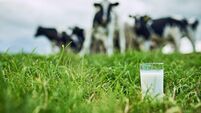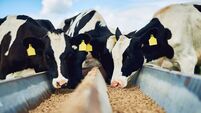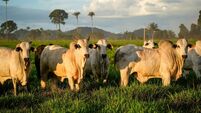Cattle crush built to deal with any problem
Buy new kit — and you don’t get problems. Readers are invited to send me their comments! Livestock farmers have a more complicated life. New machinery won’t stop their cattle, sheep or pigs going wrong and falling ill, and new young ones can be as prone to problems as older ones.
Cattle will always fall ill, generally at the wrong time of day, when there is nobody about, and fixing them requires a certain amount of equipment.













